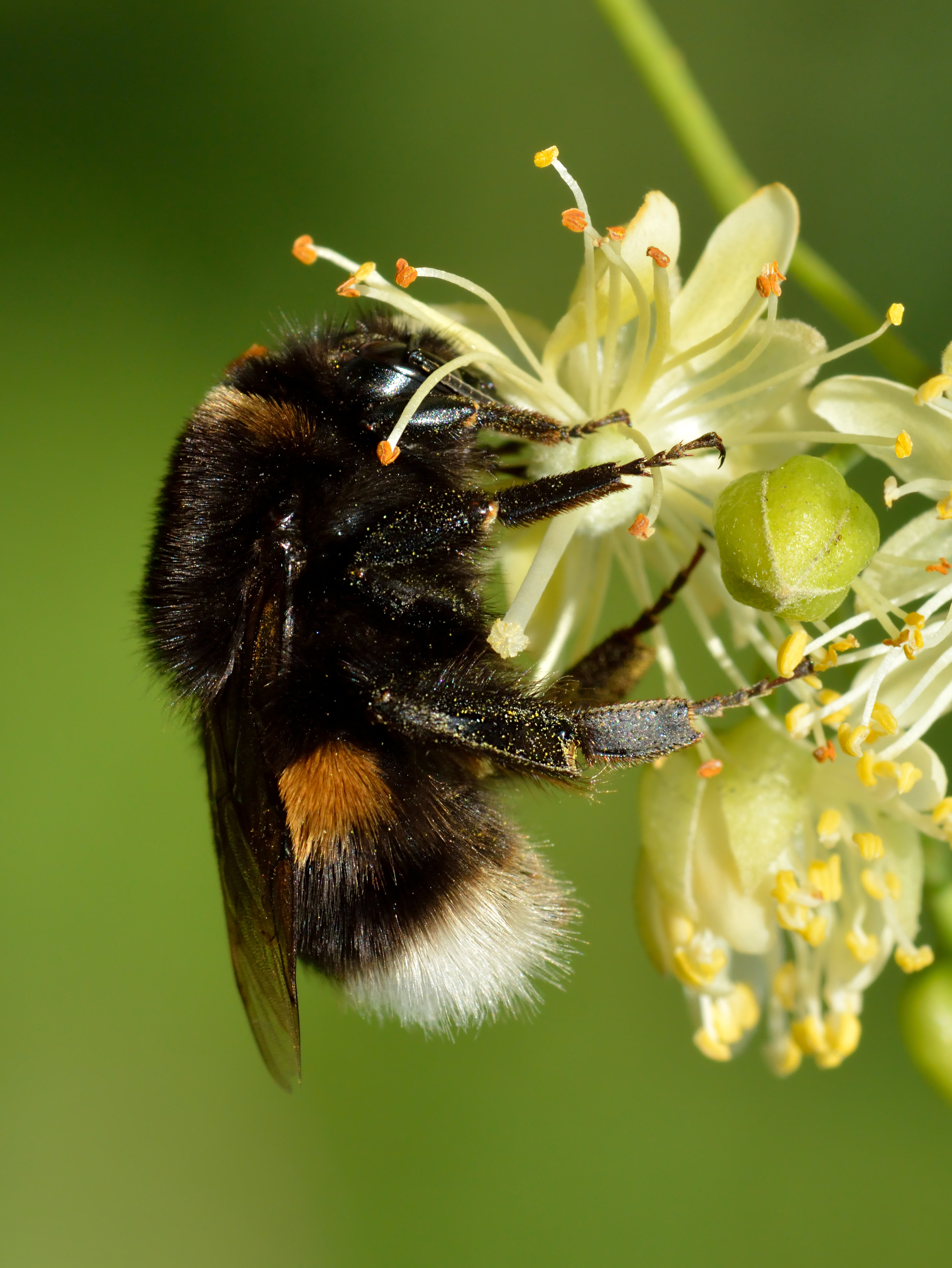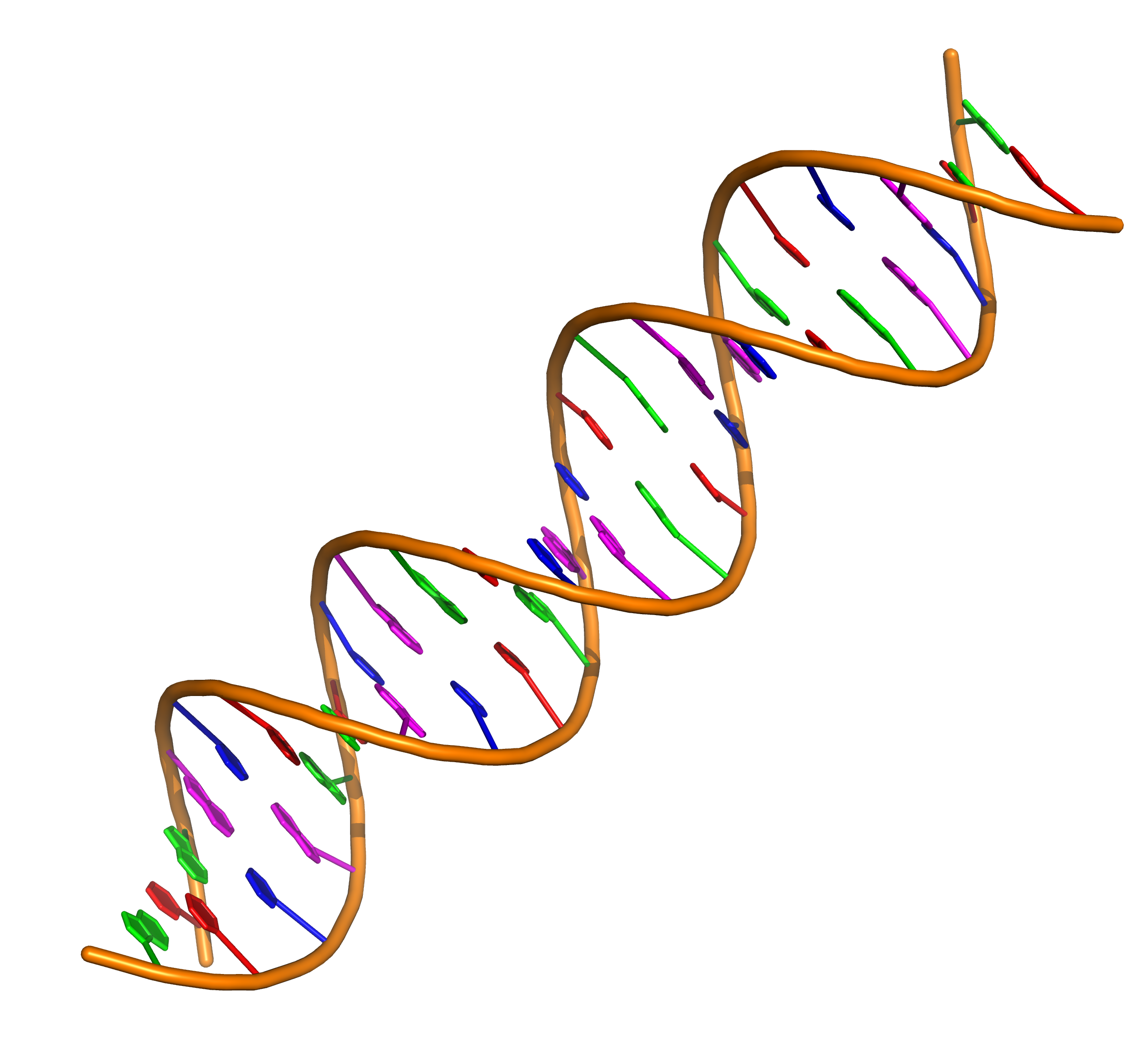 |
| lapis lazuli rock ( Wiki) |
"The most perfect of all colors", thus wrote Cennino Cennini in the 15th century, about azzurre oltre marine in his handbook for artists. This mesmerising, precious blue popularly known as ultramarine was worth its weight in gold. For Renaissance painters, there were several blue pigments to choose from such as azure della magna, indigo, lapis armenus etc., but ultramarine was the most sought after blue pigment. The mineral rock lapis lazuli from which the blue pigment was extracted, had to be imported from beyond the seas and hence the name ultramarine. Ancient caves dotting the Sar-i-Sang region in Afghanistan were and are still the sole yet rich source of Lapis lazuli. In old latin lapis means stone and lazuli is a derivative of lazulum, a word associated with colour blue. During there medieval times, rich patrons who commissioned paintings would often specify in the contract that ultramarine pigment must be used. Because the blue pigment prepared from lapis lazuli retained brightness and clarity for ages whereas the cheaper lapis armenus turned green over time. Though comparatively costlier, ultramarine had excellent spreading quality minute amounts were enough to paint the flowing robes of Virgin Mary or royalty or the vault of the sky.
.jpg) |
| Virgin Mary and infant Jesus 14th century (wiki) |
Lapis lazuli was known to the ancient world and they fashioned it easily into artefacts such as jewellery and decorative pieces. But the process of extracting the blue pigment from the rocks was laborious. Cennini in his handbook on the art and science of painting and paint formulations, describes the process in detail. He cautions that for high quality pigment, blue rocks with minimal grey areas must be selected and ground dry to as fine a powder as possible. The fine powder was then intimately mixed with 3 times its weight of melted bees wax and plant resins such as mastic and pine. The dough so obtained was kneaded repeatedly while being left to age for several days. Later when extracted with very dilute aqueous alkali the pigment settled as a fine colloidal paste.
From alchemists, at the turn of the 19th century, chemists inherited the spell of utramarine blue. It was known by then that the lazurite component of lapis lazuli held the blue. An intense competitive search for a synthetic substitute began in 1824 when a competition was
announced in France with a prize money of 6000 francs. French chemist Jean-Baptiste Guimet and German professor of chemistry Christian Gemlin at the Tubingen University succeeded in freezing the correct composition. The prize however was awarded to Guimet. Gemlin as sorely disappointed. Guimet chose to keep his formula secret, Gemlin published his results and paved the way for the ultramarine pigment industry.
 |
| ultramarine blue structure courtesy PubChem CID71587188 |
The cheap synthetic substitute had no business to retain the name ultramarine, but it did and pushed out the original from the artists' palette almost for ever.
Tailpiece
In 2015, an art exhibition "Lapis Lazuli: The Magic of Blue" was held in Florence. On display were artefacts and paintings of unique beauty, spanning from antiquity to the 21st century.
In 2018, an international highway, Lapis lazuli corridor was inaugurated connecting Afghanistan to Turkey, reminiscent of the old trade route.
REFERENCES:
1. A treatise on painting : Cennini,Cennio
2. Lapis Lazuli and the history of the "Most Perfect Color"
3. Color in Art: a brief history of blue pigment.





.jpg)
